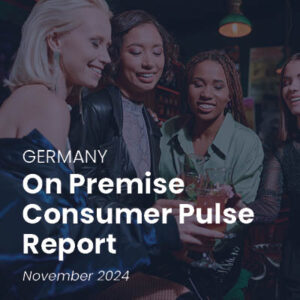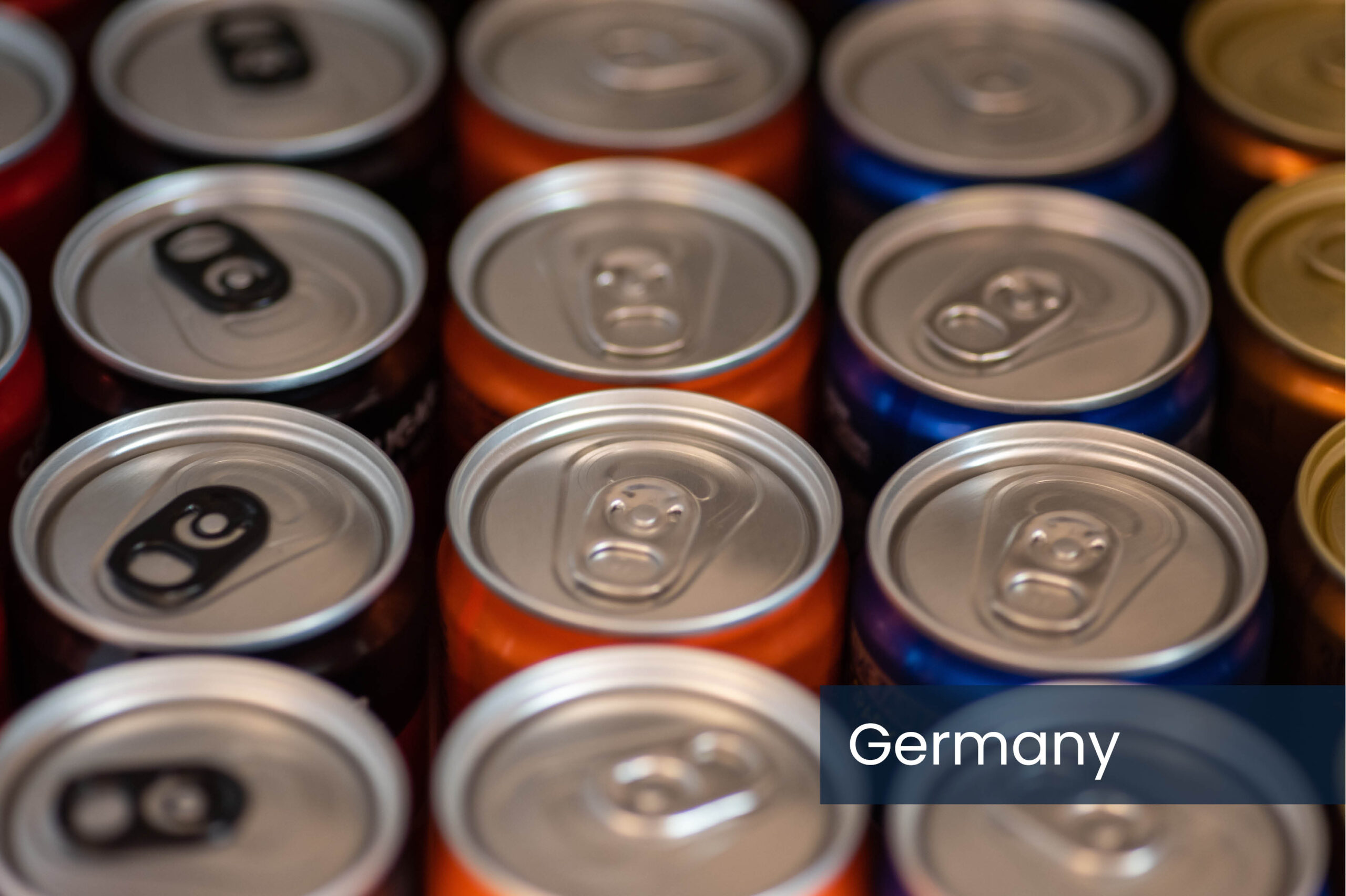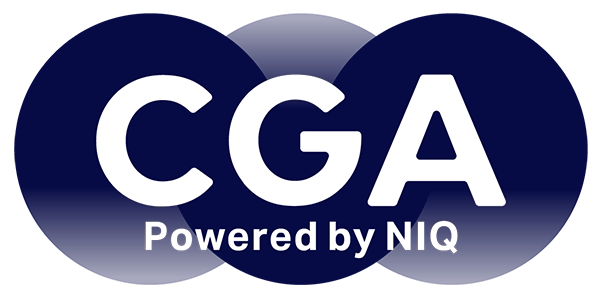 The study reveals more than a third (35%) of consumers have noticed an increase in RTD availability in bars, restaurants, and similar venues over the past 12 months. This upward trend indicates the RTD category is gaining momentum in the German market. In turn, it poses an under-represented growth area for drinks brands, suppliers, and venue operators.
The study reveals more than a third (35%) of consumers have noticed an increase in RTD availability in bars, restaurants, and similar venues over the past 12 months. This upward trend indicates the RTD category is gaining momentum in the German market. In turn, it poses an under-represented growth area for drinks brands, suppliers, and venue operators.
Yet despite this increase in availability, less than a quarter (22%) of consumers have bought an RTD in the past three months when out. This gap between supply and demand signals an opportunity for drinks brands, suppliers, and venues to better engage consumers and convert interest into sales.
Key drivers and barriers to RTD consumption
The Report identifies the main factors to encourage consumers to choose RTDs in hospitality settings. The top five are:
- Competitive pricing (31%)
- Greater variety of flavours (22%)
- Offering something different from usual drink choices (18%)
- Enhanced convenience (18%)
- Improved product awareness (addressing the 19% who feel nothing would encourage them)
Conversely, the main barriers to RTD consumption include:
- Perception of high prices (41%)
- Concerns over high sugar content (30%)
- Drinks tasting too sweet (29%)
- Preference for other beverages like beer or wine (23%)
- Dislike for pre-mixed drinks (21%)
Generational and regional trends
Additionally, the report uncovers significant demographic insights.
It demonstrates 39% of consumers are likely to consider drinking RTDs in hospitality venues. This trend is particularly strong among Gen Z consumers, who over-index by +25pp, and Berlin residents, who over-index by +19pp.
All the same, half of consumers (50%) haven’t given much thought to the current variety of RTDs available in pubs, restaurants, and bars, despite these promising statistics. This currently unfulfilled potential emphasises the need for more product development, targeted marketing, and product positioning to raise awareness and drive trial.
Ultimately, the findings suggest substantial room for growth if brands and venues can address consumer concerns and amplify the category’s appeal, to bolster traction already gained. For these reasons, pricing strategies, flavour innovations, and improved product visibility are important elements for leveraging this currently untapped potential.

Miriam Sternimann, Customer Success & Insight Manager – Germany said: “There’s a compelling growth opportunity for RTDs in Germany’s On Premise market. For example, younger consumers and urban hubs like Berlin are driving interest. The brands and operators who adapt their offerings to meet demand for variety, price, and health-conscious options stand to gain. But they need to address key barriers and harness these insights to fully capitalise on the evolving preferences shaping the RTD category.”
You can download the latest On Premise Consumer Pulse report for free here.
CGA by NIQ’s powerful range of research sources across Germany’s On Premise provides many more insights into consumers’ habits and preferences, with in-depth analysis of channels, occasions, categories, paths to purchase and much more. To learn more about CGA by NIQ’s unrivalled suite of services and how it can help your business, contact the team here.




